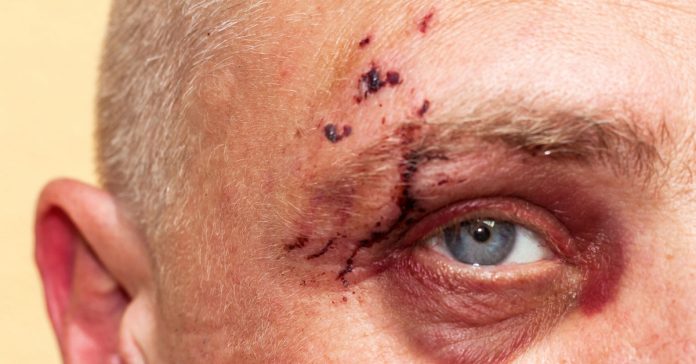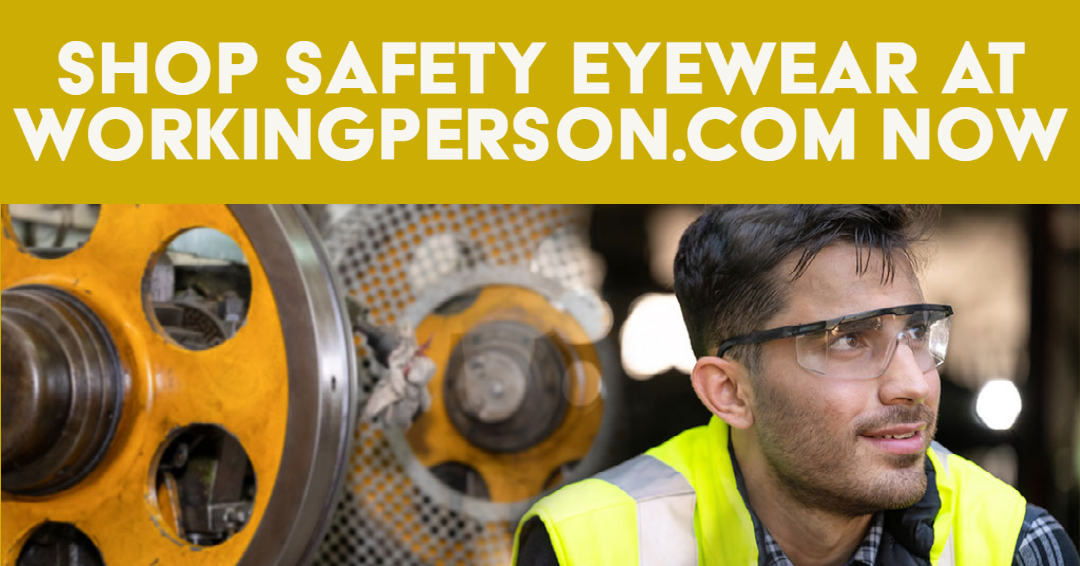When your mother said, “hey, be careful, you could put your eye out!” you knew she meant it. Mom could see things before they happened, couldn’t she? Well, when your employer says, “hey, be careful, you could put your eye out!” there’s a reason behind that too. The statistics are alarming.
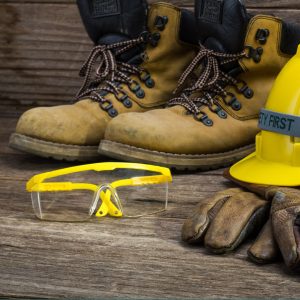 There were more than 20,000 work-related eye injuries treated in emergency rooms on average each year. Men were four times more likely than women to suffer an eye injury. In 70 percent of accidents, eye injuries were caused by an object or equipment while 26 percent were caused by exposure to dangerous substances or chemicals.
There were more than 20,000 work-related eye injuries treated in emergency rooms on average each year. Men were four times more likely than women to suffer an eye injury. In 70 percent of accidents, eye injuries were caused by an object or equipment while 26 percent were caused by exposure to dangerous substances or chemicals.
While those statistics are cause for concern in and of themselves, the most alarming statistic is this — 90 percent of all eye injuries can be prevented by wearing protective eyewear.
OSHA lists eye injuries as the number one risk category. The National Research Council reports that eye injuries are probably the most under-recognized major health problem. Just like mom’s warning — you really could put your eye out. Yet, many workers disregard their safety and refuse to wear it. It doesn’t make sense.
Why Employees Won’t Wear Eye Protection
Many employees complain about their eye protection not fitting correctly as it is.
Common complaints include –
- “too tight”
- “they rub my head”
- “the earpieces pinch”
- “they slide off.”
Headaches are often blamed on eye protection as well. There are other concerns for workers than go beyond just annoyances.
Impeded peripheral vision is also an issue, as is fogging, scratching, and blurry lenses.
And too often, employers think their workers are just whining and should learn how to deal with it. But the fact is, these annoyances are real. It’s a natural and normal reaction for human beings to do whatever they can to put a stop to whatever is annoying them.
The fact is, if the eye protection didn’t bother them, they’d have no reason to complain. And thus, no reason not to wear it. So the first step is for employers to legitimize the complaints. The second step is to do something about it.
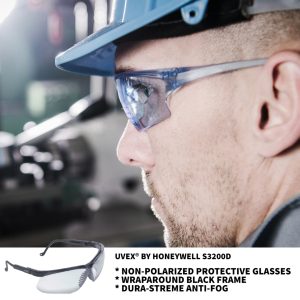 The Solution – The Right Glasses For The Job
The Solution – The Right Glasses For The Job
Many of these issues can be addressed by outfitting employees with the proper gear for their specific job. Not taking a one-size-fits-all approach. One size definitely does not fit all.
The Solution – Investing In Anti-Fog Lenses
When a worker has to consistently stop to wipe the fog off his glasses, maybe anti-fog lenses are the way to go.
The Solution – One-Size Does Not Fit All
Consistently stopping to readjust slipping glasses – get them safety goggles, or frequently replace them because they keep getting scratched — try high-impact, scratch-resistant lenses. It is not only annoying for the worker who has to wear them, but it’s a cause for managers as well because it slows down the speed and overall quality of the work the employees are doing.
If they can’t help but keep paying attention to their annoying safety eyewear, they’re most likely not focusing entirely on the task at hand.
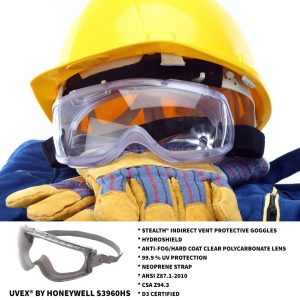 The Solution – Options That Meet Your Workforces Needs, Comfort, and Style
The Solution – Options That Meet Your Workforces Needs, Comfort, and Style
Giving workers a variety of style options. If the worker feels like he made the choice based on what he’d like to wear, he’s much more likely to wear it. It gives the worker a sense of control, instead of feeling oppressed.
Training, encouragement, rewards, and penalties are all efficient ways to ensure compliance as well. You can reach different people in different ways. Training might involve sharing the statistics with them, which will convince some that way. Others can simply be reached much easier through rewards, while some need to have the potential for penalties. Encouragement — peer pressure included — can go a long way too.
Having the right safety eyewear for the job is critical. Having the right programs in place to ensure compliance is also critical. Both will make your employees more likely to wear the eye protection they need.
There are three things safety managers can use as a guideline for properly outfitting their employees: Correct sizing options, suitability for job conditions, and a fair combination of protection and comfort.

